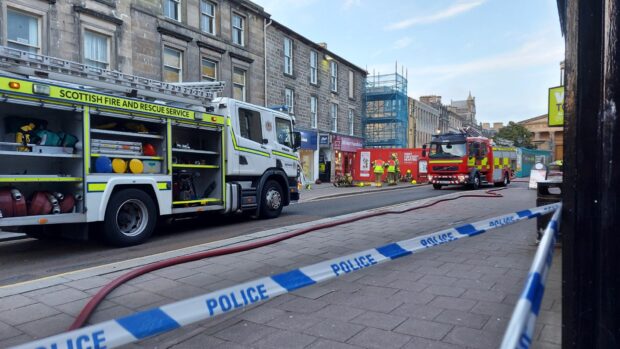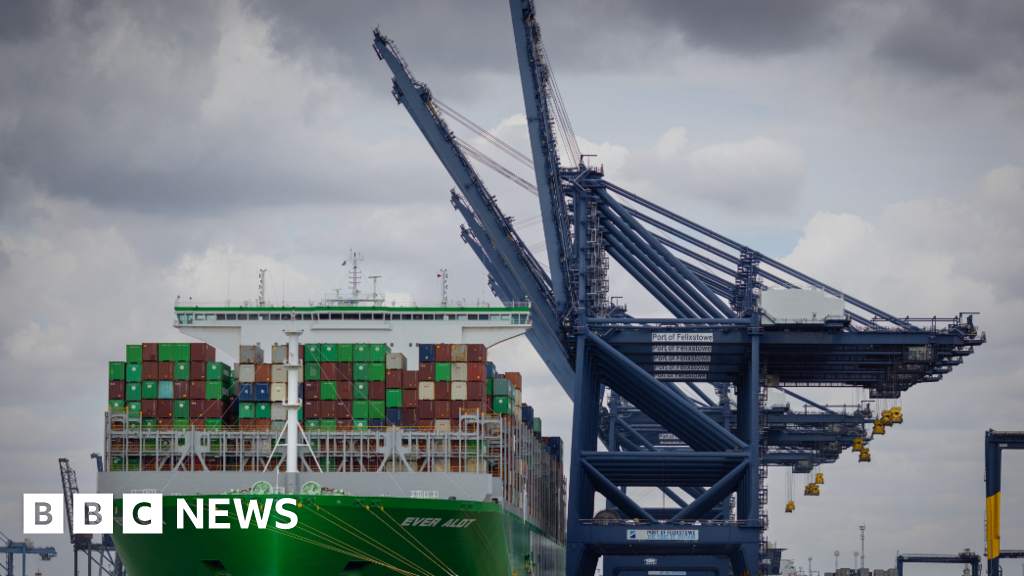
MADRID (AP) — While Europe’s military heavyweights have already said that meeting President Donald Trump’s potential challenge to spend up to 5% of their economic output on security won't be easy, it would be an especially tall order for Spain. The eurozone’s fourth-largest economy, Spain ranked last in the 32-nation military alliance last year for the share of its GDP that it contributed to the military, estimated to be 1.28%.
That’s after NATO members pledged to spend at least 2% of GDP on defense — a target that 23 countries were expected to meet last year that was largely motivated by concerns about the war in Ukraine. When pressed, Spanish Prime Minister Pedro Sánchez and others in his government have emphasized Spain’s commitment to European security and to NATO. Since 2018, Spain has increased its defense spending by about 50% from 8.

5 billion euros ($8.9 billion) to 12.8 billion euros in 2023.
Following years of underinvestment, the Sánchez government says the spending increase is proof of the commitment Spain made to hit NATO’s 2% target by 2029. But for Spain to spend even more — and faster — would be tough, defense analysts and former officials say, largely because of the unpopular politics of militarism in the Southern European nation. The country’s history of dictatorship and its distance from Europe’s eastern flank also play a role.
“The truth is defense spending is not popular in European countries, whether it’s Spain or another European country,” said Nicolás Pascual de la Parte, a former Spanish ambassador to NATO who is currently a member of European Parliament from Spain’s conservative Popular Party. “We grew accustomed after the Second World War to delegate our ultimate defense to the United States of America through its military umbrella, and specifically its nuclear umbrella." “It's true that we need to spend more,” Pascual de la Parte said of Spain.
The politics of military spending Spain joined NATO in 1982, a year after the young, isolated democracy survived a coup attempt by its armed forces and seven years after the end of the 40-year military dictatorship led by Gen. Francisco Franco . Under a 1986 referendum, a narrow majority of Spaniards voted to stay in the alliance, but it wasn’t until 1999 that the country that is now Europe’s fourth-largest by population joined NATO’s military structure.
In that sense, “we are a very young member of NATO,” said Carlota Encina, a defense and security analyst at the Elcano Royal Institute think tank in Madrid. Opinion polls generally show military engagement as unpopular among Spanish voters. An overwhelming majority of Spaniards were opposed to their country’s involvement in the 2003 Iraq war, polls showed at the time, but support for NATO in recent years has grown.
About 70% of Spaniards were in favor of NATO sending military equipment, weapons and ammunition to Ukraine soon after Russia began its full-scale invasion of the country, according to a March 2022 poll conducted by the state-owned Centre for Sociological Studies, or CIS. But only about half were in favor of Spain increasing its own defense budget, according to another survey CIS conducted that month. Across the spectrum, political analysts and former Spanish politicians say militarism just isn’t great politics.
Madrid is nearly 3,000 kilometers (roughly 1,800 miles) west of Kiev, unlike the capitals of Poland, Estonia or Latvia, which are closer and have exceeded the alliance's 2% target based on last year’s estimates. Ignasi Guardans, a Spanish former member of the European Union’s parliament, said many Spaniards value their army for humanitarian efforts and aid work, like the help thousands of soldiers provided after the destructive Valencia flash floods last year. “Now the army has returned to have some respect,” Guardans said, “but that’s not NATO.
” Encina said Spanish politicians generally feel much more pressure to spend publicly on other issues. “This is something that politicians here always feel and fear,” she said. The thinking goes, “why do we need to invest in defense and not in social issues?” International missions Spain’s leaders point out that while they have yet to meet NATO’s budget floor, it’s unfair to only consider the country’s NATO contributions as a percentage of GDP to measure of its commitments to Europe and its own security.
Officials often point to the country’s various EU and U.N. missions and deployments, arguing that through them, the country contributes in good form.
“Spain, as a member of NATO, is a serious, trustworthy, responsible and committed ally,” Defense Minister Margarita Robles told reporters this week following comments made by Trump to a journalist who asked the U.S. president about NATO’s low spenders.
“And at this moment, we have more than 3,800 men and women in peace missions, many of them with NATO,” Robles said. Spain’s armed forces are deployed in 16 overseas missions, according to the defense ministry, with ground forces taking part in NATO missions in Latvia, Slovakia and Romania and close to 700 soldiers in Lebanon as part of the country’s largest U.N.
mission. Spain also shares the Morón and Rota naval bases in the south of the country with the U.S.
Navy, which stations six AEGIS destroyers at the Rota base in Cádiz. Slippery metrics Analysts also point to the fact that Spain’s government routinely spends more on defense than what is budgeted, through extraordinary contributions that can exceed the official budget during some years by 20% to 30%. “The reality is, the whole thing is not very transparent,” Ignasi said.
Pascual de la Parte, who was Spain’s NATO ambassador from 2017 to 2018, said the 2% metric shouldn’t be the only measure since not every NATO member accounts for their defense budgets in the same way. “There is no agreement between allies in choosing which criteria decide the real spending effort,” he said, adding that, for example, while some countries include things like soldiers’ pensions in their accounting, others don’t. “Ultimately, they can involve very disparate realities.
”.















